You have no items in your shopping cart.
Post Requirement
Waterproofing buildings is an essential subject in the construction process. Numerous construction features are provided for waterproofing of a building.
Waterproofing is the treatment of the surface to block the passage of water like rainwater or groundwater from one side of a building to the other side.
We should make the reinforced concrete roof of a building waterproof for leakage due to the accumulation of rainwater on top of the roof. Likewise, we should also make the basements waterproof so that the groundwater does not penetrate into the walls and enter the basement.
Waterproofing of Concrete
Cement works like concrete and plaster works are the most common materials to be made waterproof, as we deal mainly with waterproofing of cement products in buildings.

The same methods are applied to other materials like bricks, blocks, etc.
Waterproofing Materials
The various systems of waterproofing as applied to buildings are classified as follows:
Waterproofing with Bituminous Sheets
Nowadays, two types of plastic-based bitumen sheets are available in the market.
First one is the traditional type, which is to be stuck to the surface to be waterproofed with hot blown asphalt.
The second one is designed so that the underside of the sheet is a thermo fusible film which can be heated by a gas flame torch and then stick to the hot surface.

This type of bituminous system is called the plastomeric system. The major disadvantage of this system is the problem of renewal as these membranes last only five to six years.
It requires extensive surface preparation like removal of old treatment for their renovation and reinstallation at the next stage.
Waterproofing by Elastomeric Paints
At present, a large number of ready to use cold applied elastic membrane forming compounds are available in the market for waterproofing.
These compounds are special paints not like ordinary paints, which are normally applied in film thickness of 0.5 to 0.75 m using a roller or brush. This thickness is ten times thicker than traditional paints which do not lose over a high-temperature range and time.

These paints are of five types, they are:
- Acrylic-based
- Polyurethane-based
- Hypalon-based
- Polyvinyl acetate copolymer-based
- Polymerized elastomeric bitumen, penetrating oils and other admixtures
Among all these, acrylic is the most popular and also available in India. Along with these paints, very fine fibreglass mats are used as reinforcement that will enhance the crack-bridging capacity of these paints.
Waterproofing with Epoxy Formulations
Epoxy materials are used for waterproofing of terraces, toilet slabs, etc., and also for structural repairing of concrete.
Two coats of an epoxy mix consisting of Araldite GY257 and Hardener HY840 in equal proportions by weight are seen to provide better results as a waterproofing material.
Waterproofing by Slurry Coats
Slurry coats comprise of Portland cement and quartz or silica sand which operates as a carrier for a propriety compound of active chemicals.
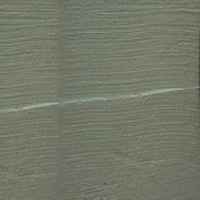
Most of the waterproofing materials are applied on the positive side, but these materials are effective even if they are applied on the negative side of the structure. The side where water acts is called positive side and the dry side is called the negative side, and this helps to prevent leakage completely.
Tanking of Basements
The waterproofing construction for blocking water from the soil outside the basement to drain into the inside of the basement is called tanking or basement waterproofing.
Mastic asphalt is the most popular material used for this work, and sometimes other types of bituminous materials are also used.
Waterproofing of Wet Areas
If areas are constantly wet, they are called wet areas such as washing areas, bathrooms, toilets and even veranda’s and balconies where rainwater can accumulate comes under wet areas.
Peeling of paint under the floor is common due to the accumulation of water on the upper floors. In two or multi-storey buildings, there is a chance of penetration of water which affects the underside of the slab.
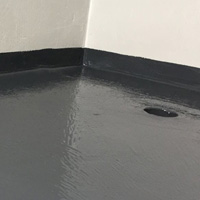
In extreme cases, the condition becomes so bad that water may drip down in droplets from these floors.
The most efficient way of avoiding these situations at the construction stage itself is by applying a bitumen coat or slurry coat in these areas on the positive side and then place the flooring on this treated area.
Waterproofing of Roofs
Methods of waterproofing of roofs depend on the types of roofs and also on the type of construction. Flat Roofs require special protection than the slope roofs.
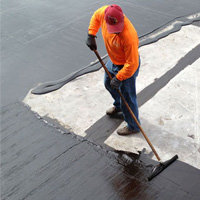
The following four methods are used in flat roofs for waterproofing.
- Lime concrete terracing for waterproofing of concrete roofs
- Waterproofing with bituminous sheet
- Waterproofing with elastomeric paints
- By using waterproofing slurry on the roof and covering it with tiles
The second and third methods come under the section of membrane waterproofing of concrete. But, lime concrete terracing is very much used in the construction of middle-class houses or low budget houses.
Waterproofing is a very important procedure in building construction as their actual use in a building depends on local practice. Like, what is applicable to a 'warm and humid zone' in Kerala may not suitable for a 'hot and arid zone' like Rajasthan.
Check Out: Properties of Plastics and its Uses in Construction
Vani Paspula
jenny
posted on Oct 15, 2020 11:08:34 AMKaam Ke Bande
posted on Sep 5, 2020 11:22:42 AMpriya
posted on Apr 4, 2020 1:03:07 PMWe Jk Cement are manufacturer of Waterproof Cement with high minerals and concrete content with low prices.
Sanjay
posted on Feb 14, 2020 11:11:41 AMNawaab
posted on Jul 17, 2019 9:20:21 PM
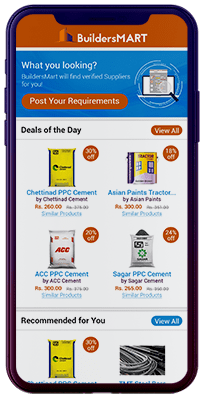

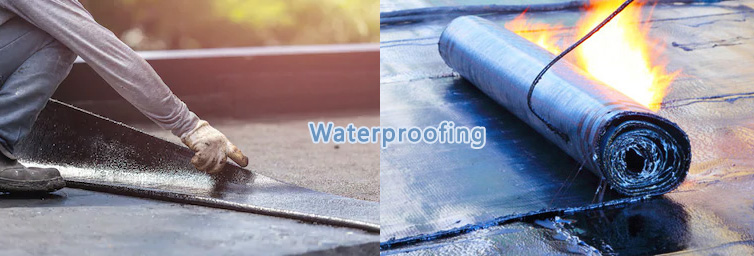





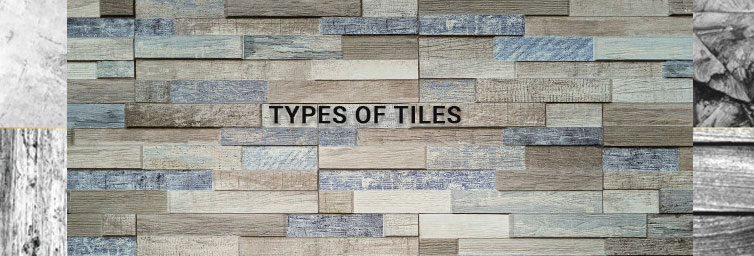


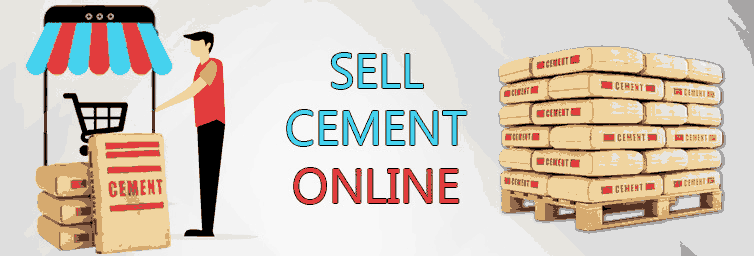

williem moore
posted on Mar 15, 2021 10:37:51 AMwith all of them. Keep sharing such type of informative blog on Waterproofing Is Important to
Your Construction.